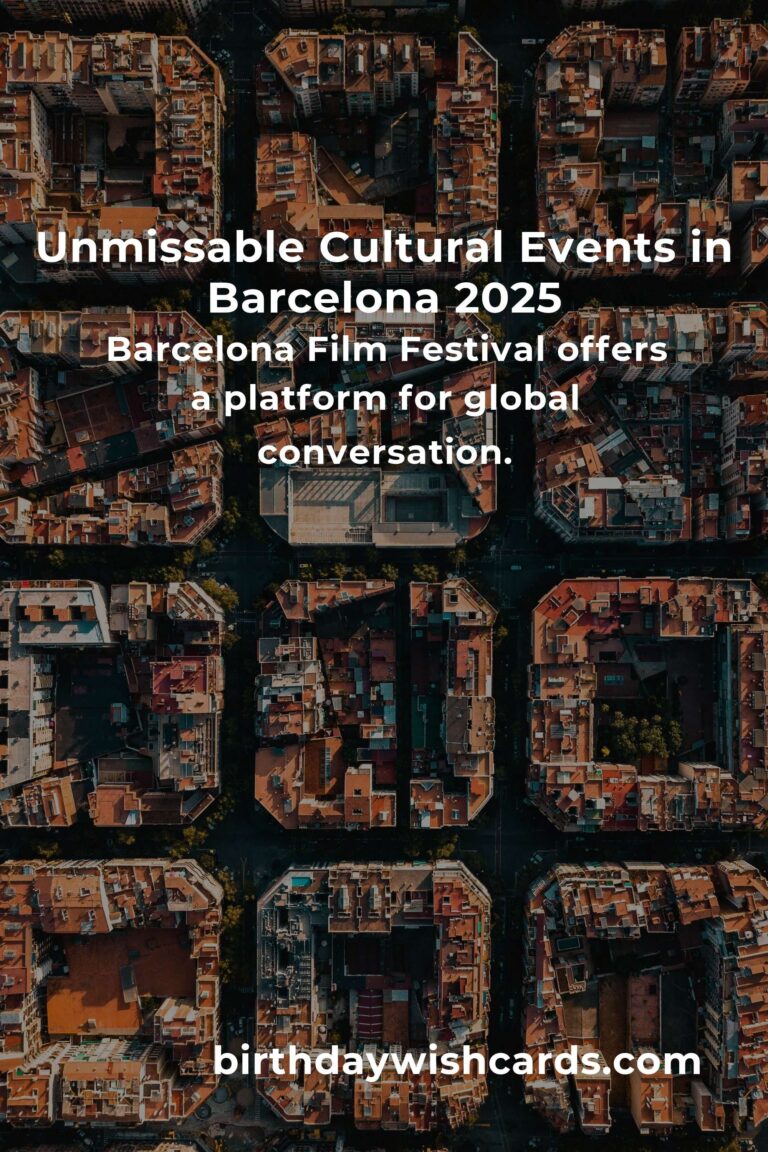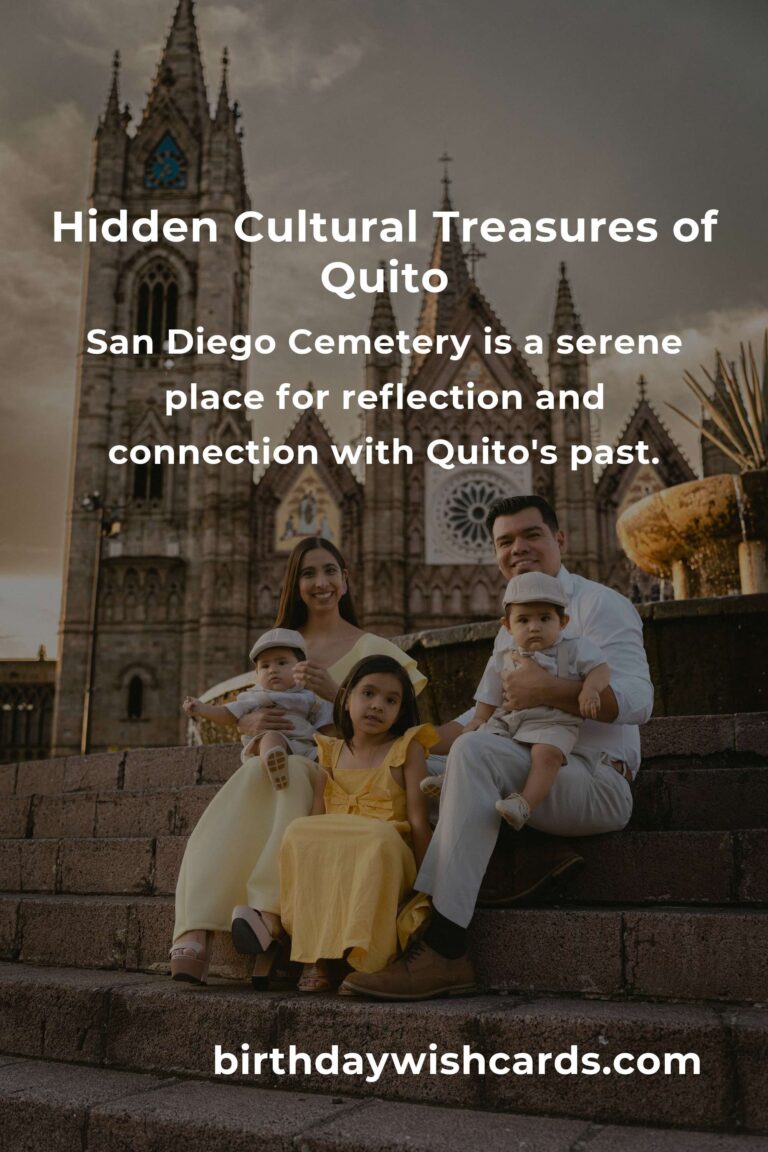21 May: World Day for Cultural Diversity for Dialogue and Development
Origin of the Day
The World Day for Cultural Diversity for Dialogue and Development is observed every year on May 21. This important day was established to acknowledge and promote cultural diversity as a key driver of dialogue and development worldwide.
In 2001, UNESCO adopted the Universal Declaration on Cultural Diversity, laying the groundwork for the protection and celebration of the world’s rich cultural tapestry. Building on this, in December 2002, the United Nations General Assembly officially proclaimed May 21 as the World Day for Cultural Diversity for Dialogue and Development through Resolution 57/249.
Further emphasizing culture’s role in sustainable progress, in 2015 the UN General Assembly unanimously adopted Resolution A/C.2/70/L.59 on Culture and Sustainable Development. This resolution recognized the essential contribution of culture to economic, social, and environmental dimensions of sustainable development, highlighting the importance of cultural diversity in fostering global advancement.
Purpose of the Day
The World Day for Cultural Diversity for Dialogue and Development aims to deepen understanding and appreciation of cultural diversity across the globe. It encourages individuals, communities, and governments to value cultural variety as a foundation for sustainable development and peaceful coexistence.
This day also serves to reinforce the four key objectives of the UNESCO Convention on the Protection and Promotion of the Diversity of Cultural Expressions, adopted on October 20, 2005. These objectives are vital for safeguarding cultural heritage and promoting intercultural dialogue worldwide.
The Four Key Goals of the UNESCO Convention:
- Supporting sustainable systems of governance for culture: Promoting policies and frameworks that sustain cultural diversity and empower cultural sectors.
- Achieving a balanced flow of cultural goods and services: Facilitating the mobility of artists, cultural professionals, and creative products across borders to enrich global cultural exchange.
- Integrating tradition into sustainable development frameworks: Recognizing traditional knowledge and cultural practices as essential components in development strategies.
- Promoting human rights and fundamental freedoms: Ensuring that cultural rights are respected and that diversity is recognized as a core element of human dignity and freedom.
The Importance of Cultural Diversity
Cultural diversity encompasses the collective wealth of traditions, languages, arts, music, and customs that define communities around the world. It fuels creativity, innovation, and social cohesion, contributing to economic vitality and peaceful societies.
By celebrating diversity, societies can break down barriers of misunderstanding and prejudice, fostering environments that encourage dialogue, mutual respect, and shared development goals. This aligns with the United Nations Sustainable Development Goals (SDGs), which emphasize inclusive and equitable societies.
How the World Observes the Day
Worldwide, the World Day for Cultural Diversity for Dialogue and Development is celebrated through a variety of activities, including cultural festivals, educational initiatives, exhibitions, and forums that promote intercultural dialogue. Governments, NGOs, educational institutions, and cultural organizations collaborate to raise awareness about the value of preserving cultural heritage and encouraging cultural exchange.
These events showcase the diversity of human expression and demonstrate how culture can bridge differences, fostering understanding and cooperation among people.
Examples of Cultural Diversity in Practice
Cultural diversity is expressed in countless ways, from indigenous traditions to contemporary arts:
- Traditional crafts and arts: Handicrafts, textiles, and artworks that reflect the identity and history of communities.
- Languages and dialects: Preserving linguistic diversity is crucial for maintaining cultural heritage and passing on knowledge.
- Music and dance: Art forms that serve as universal languages, promoting cultural expression and connection.
- Festivals and rituals: Celebrations that unite communities in honoring shared beliefs and traditions.
Challenges to Cultural Diversity
Despite its significance, cultural diversity faces numerous challenges, including globalization, conflict, and cultural homogenization. Economic pressures and technological changes can sometimes marginalize traditional cultures or contribute to the loss of languages and customs.
Protecting cultural diversity requires proactive efforts such as:
- Implementing policies that safeguard cultural heritage and intellectual property rights.
- Promoting intercultural education and awareness from an early age.
- Supporting artists and cultural practitioners through funding and opportunities for exposure.
- Encouraging inclusive governance that respects minority cultures and identities.
Global Impact of Cultural Diversity on Development
Cultural diversity plays a pivotal role in sustainable development by enriching societies socially, economically, and environmentally. It offers innovative solutions to development challenges by integrating indigenous knowledge and fostering creativity.
For example, sustainable tourism based on cultural heritage can generate income while preserving local traditions. Similarly, culturally sensitive education programs can promote social inclusion and equity.
Connecting Culture to the Sustainable Development Goals (SDGs)
The United Nations recognizes culture as a key enabler for achieving the SDGs. Cultural diversity contributes to:
- SDG 4: Quality Education – by integrating cultural knowledge and perspectives into curricula.
- SDG 8: Decent Work and Economic Growth – through the development of cultural industries and creative economies.
- SDG 10: Reduced Inequalities – by promoting social inclusion and respect for diversity.
- SDG 16: Peace, Justice, and Strong Institutions – by fostering dialogue and conflict resolution.
How You Can Celebrate and Promote Cultural Diversity
Everyone can play a part in supporting the World Day for Cultural Diversity for Dialogue and Development by:
- Learning about different cultures and their histories.
- Participating in cultural events and festivals.
- Supporting local artisans and cultural organizations.
- Encouraging intercultural dialogue in your community or workplace.
- Advocating for policies that protect and promote cultural diversity.
Visual Celebrations of Cultural Diversity
The vibrancy of cultural diversity is often captured through visual arts and photography, highlighting the beauty and uniqueness of traditions worldwide. The gallery below illustrates diverse cultural expressions from around the globe:




